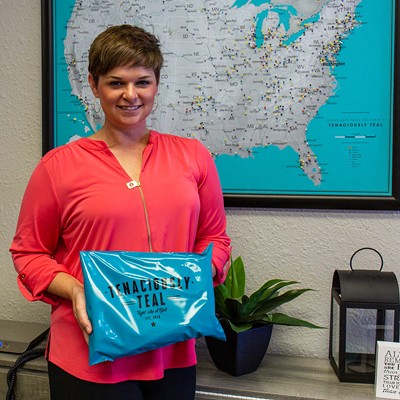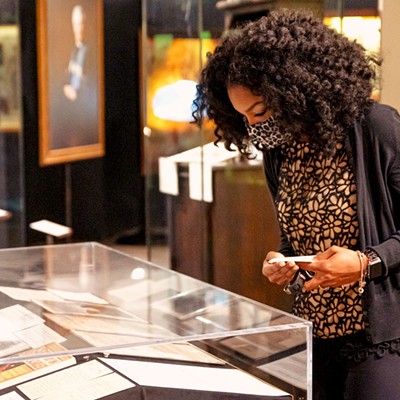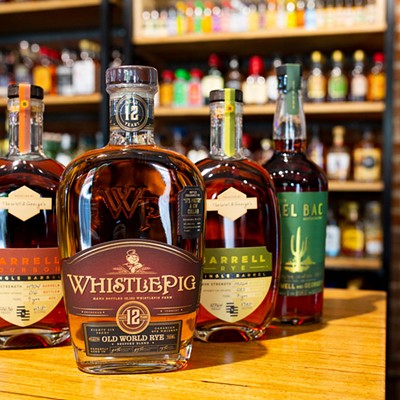
After his Oklahoma City liquor store had been bombed multiple times in the mid 1960s, Gambulos mounted his World War II-era registered machine gun on top of his store at the corner of NW 23rd Street and Broadway Avenue.
“I have never been one to run,” said Gambulos, 88, the founder of Byron’s Liquor Warehouse, which first opened in 1959, the year Oklahoma permitted the consumption of alcohol following the repeal of the Volstead Act and the end of Prohibition.
Gambulos never had to use that machine gun. But he did find himself in a gunfight in an alley near his store. It was suspected that organized crime operations in OKC were looking to run him out of business for his stance on local control for alcohol sales.
Getting alcohol to consumers in Oklahoma City has always been a battle — sometimes fought with guns and other times fought with legislation and protests.
Byron’s Liquor Warehouse regularly does over $20 million in annual business these days, but its first day of cracking $100,000 came just a day after the second bombing of the store in 1964. There might be no greater proof that Oklahomans like their drinks.
Before Prohibition turned the nation dry and forced alcohol consumption into the shadows, Oklahoma City had used some of its first ordinances to regulate the sale and consumption of liquor. In 1890, the Oklahoma City Council declared that a person wanting to sell alcohol in the city must pay $5,000 and collect 30 signatures from resident freeholders, according to ordinance No. 5.
“A freeholder was someone who has a property free of any lien,” said Jennifer Day, Oklahoma City’s archivist. “That’s another way to say a prosperous white male.”
The city’s first ordinance on alcohol was not just discriminatory toward who could sell liquor but whom they could sell it to. The ordinance states that it “shall be unlawful for any person licensed under this ordinance … to sell … to any Indian, idiot, insane person or habitual drunkard.”
“The fact that this was the way legislation was written means a person could make broad generalizations,” Day said. “It made it unlawful for you to do this very vague thing. If someone walks up the bar and is impaired and you serve them without knowing it, you are at the will of who wants to declare a person to be an idiot or not.”
Liquor sales were also prohibited on city election days and after 11:30 p.m.
Over the next several years, the city adopted ordinances that banned liquor retailers from providing a place for patrons to sit or from playing music inside the store. When Oklahoma accepted Prohibition in 1907, the city adopted an ordinance banning the sale of liquor. It remained the law of the land until 1959, when Oklahomans voted to overturn it.
That’s when Gambulos opened his first liquor shop near downtown, and it has turned into a multimillion-dollar family business.
“He grew it from being a small corner store to a business that a lot of people across the city and state, and even outside the state, know about,” said Blake Cody, general manager at Byron’s Liquor Warehouse and the grandson of Gambulos.
Buying liquor from a store was the only legal option for getting a drink until 1984, when selling liquor by the glass was legalized in Oklahoma.











